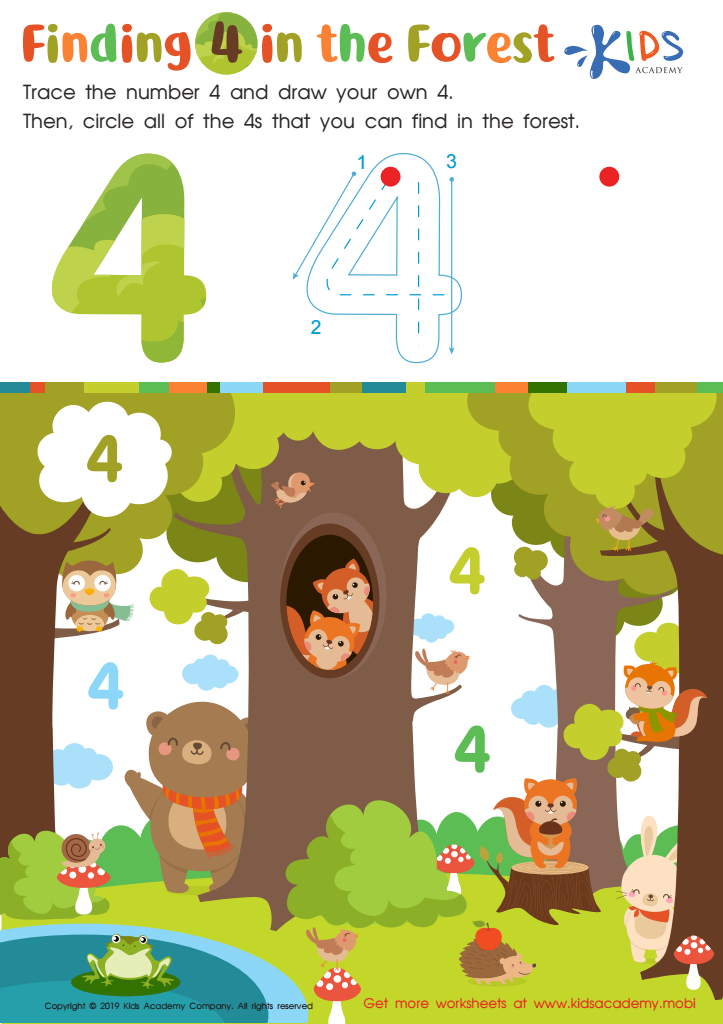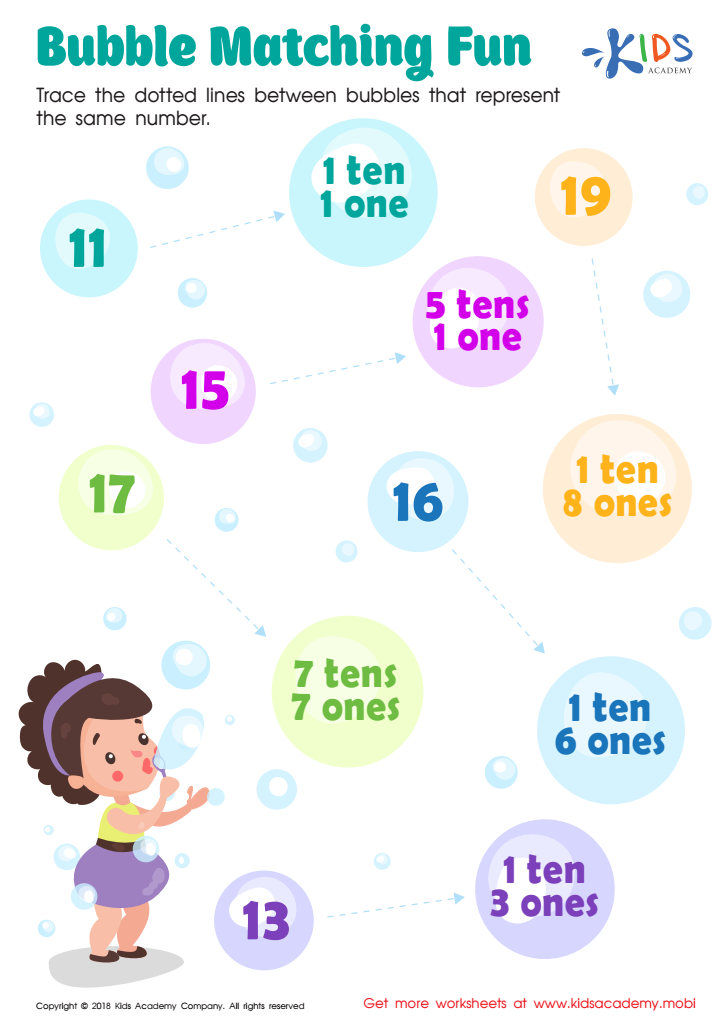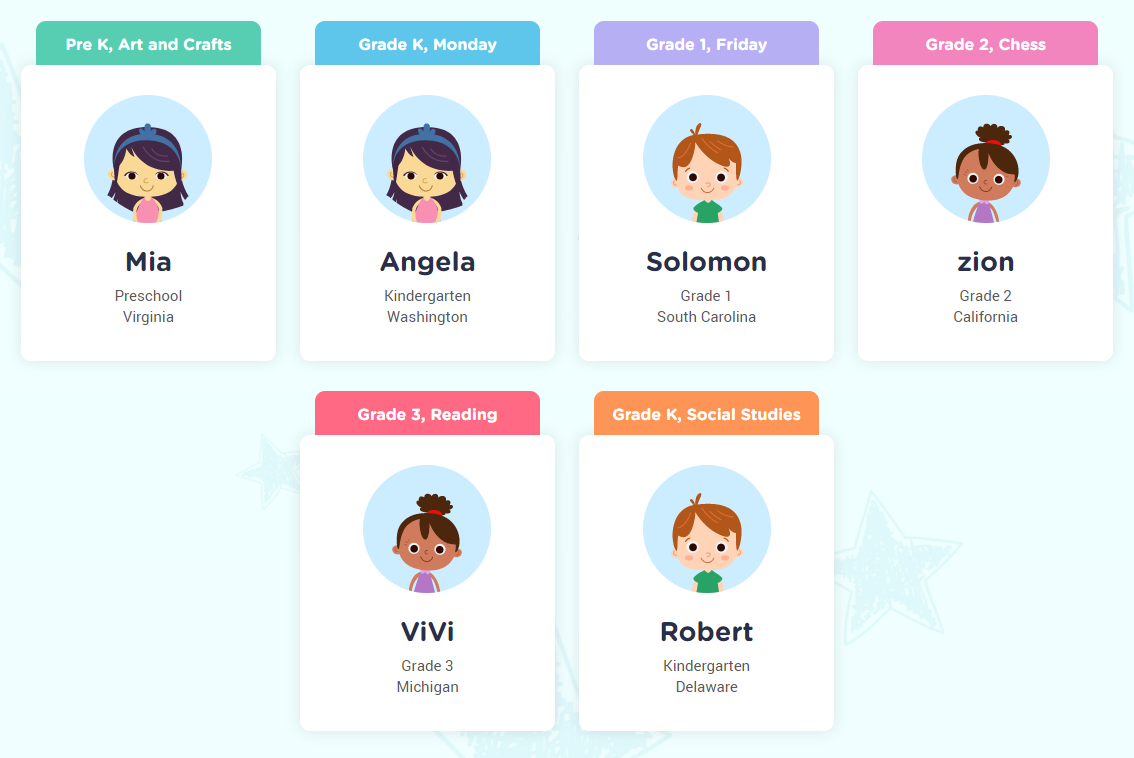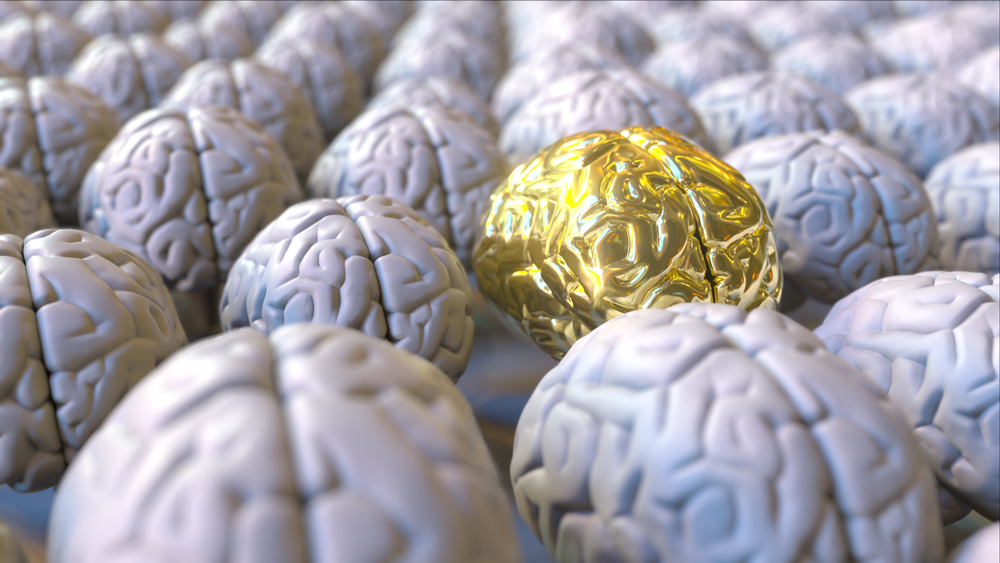Recognition of shapes Worksheets for Kids
2 filtered results
-
From - To


Finding 4 in the Forest Worksheet


Bubble Matching Fun Worksheet
Question/Answer
What does the Recognition of shapes skill mean when it comes to Preschool Numbers learning?
The "Recognition of shapes" skill in Preschool Numbers learning involves the ability of young children to identify and name various geometric shapes. This foundational skill helps them understand the concept of shapes, differentiate between them, and relate shapes to their environment, which is crucial for the development of mathematical thinking and problem-solving abilities.
How does the mastery of the Recognition of shapes skill affect a student's performance at an early age?
Mastery of the Recognition of Shapes skill at an early age significantly enhances a student's performance by improving spatial awareness, critical thinking, and problem-solving abilities. It lays the foundation for understanding geometry, aids in the development of fine motor skills, and supports the comprehension of symbolic representations, all of which are crucial for academic success in mathematics and other subjects.
What are some effective activities to train students’ Recognition of shapes skill when teaching them about Numbers?
To train students in recognizing shapes while teaching about numbers, engage them in interactive activities like sorting and classifying shapes, shape scavenger hunts, matching games involving shapes and numbers, constructing shapes with materials like playdough or sticks, and using technology-based shape recognition games. These activities enhance their ability to identify and differentiate between shapes, linking geometric concepts with numerical understanding.
 Assign to the classroom
Assign to the classroom










